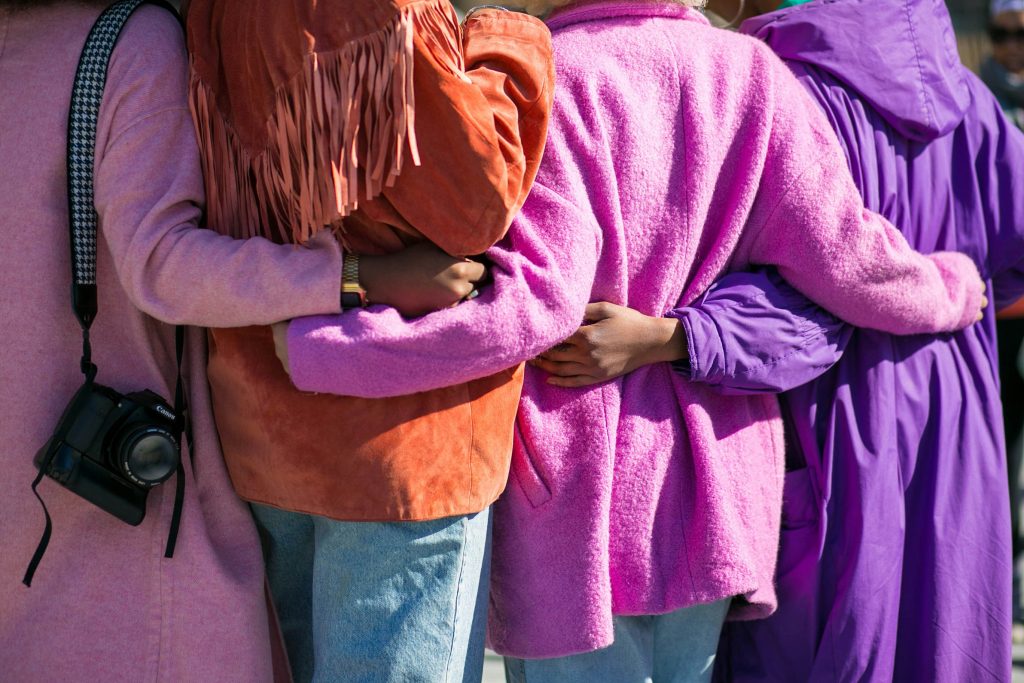Last month, Meena Kumari, a member of the UP State Commission for Women, said that girls should not be given cell phones as it leads to rapes. She also blamed the mothers of such women whose carelessness in not monitoring their daughters is leading to these crimes. All her comments alluded to the fact that it were the women – daughters or mothers – who were doing something that was leading to increased rate of rapes in the state. Understandably these comments generated a lot of outrage.
It led some to point to the age-old dictum of “woman is the worst enemy of woman”. On one hand, we hear about the similarity attraction effect or birds of feather flock together, which implies that we are more likely to get along with people similar to us across different dimensions (age, nationality, language, gender). When I was doing research on this topic, a female colleague scoffed at the thought of using gender to demonstrate this similarity attraction effect. She said, “everyone knows women will not favour women over men; men may favour other men but not the women.”
Much has been written about women upholding and maintaining patriarchy across different countries, including the voting patterns of a large number of women for leaders like Donald Trump. But what about women in the workplace? Are they champions and allies for other women? There has been research done on the Queen Bee (QB) phenomenon where women pursuing individual success in male-dominated work settings distance themselves from other women. This phenomenon has been observed and studied across different fields, including law firms, police force, corporate world and even academics.
This QB phenomenon was noted among female academics in a 2004 study and again replicated in 2021 where advanced career female academics were more likely to underestimate the career commitment of women at the beginning of their careers than men. The fact this remained unchanged for more than a decade is sobering. The authors of this replicated study cautioned against blaming women for this behaviour specifically. They advocate replacing the loaded ‘Queen Bee’ term with ‘self-group distancing’ that has been observed with other marginalized groups, including gay people, older adults, and minorities as they try to distance themselves from the negative stereotypes associated with their group.
Belle Derks and her colleagues describe the QB behaviour as a response to the discrimination and identity threat that women experience in male-dominated organizations. Women leaders have reported that they are more ambitious and committed to their career than their female subordinates but not male subordinates. They are more likely to present themselves in stereotypically masculine form. The women leaders are more likely to deny gender bias and oppose policies like flexi-time and quota policies than women in non-managerial positions. Interestingly, this phenomenon has also been viewed as a function of the generation. Women of the older generation were more likely to show QB responses than the younger women, as they adopted a masculine description and distanced themselves from other women probably due to the fact that it was rarer at that time for women to excel in these positions.
On the other hand, Arvate and his colleagues challenged the QB phenomenon and dismissed it as myth. In a large scale study in 2018 with sample of 8.3 million organizations distributed over 5600 Brazilian municipalities, they found that elected women leaders, where they had more power and discretion acted benevolently towards other women with more women occupying top and middle management positions in public organizations. The authors recommended using the ‘regal leader’ instead of ‘Queen Bee’ to describe women in positions of power. In a similar vein, J. Jayalalitha, the Tamil Nadu chief minister, was also widely known for her women empowerment work in her state.
The fact that women were more likely to be allies of other women in situations where they had power and discretion like Arvate’s research showed demonstrates the need for caution in making broad and sweeping generalizations. Women can be better allies of each other across different categories like race, caste, religion, region, language, nationality, sexual orientation, job levels and more for true intersectionality. Amplifying each other voices in the workplace so that they are heard. This was demonstrated by the women aides in the Obama administration, when one woman made a key point, another woman repeated it and give credit to the author. And this paid off with greater parity among aides across genders over time.


